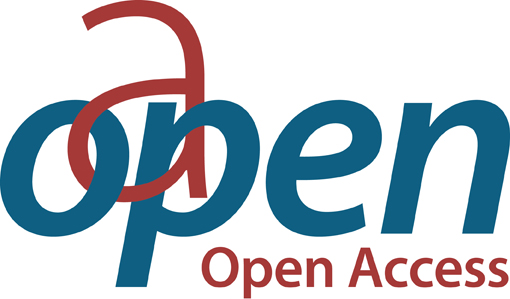Chapter AI for Improving the Overall Equipment Efficiency in Manufacturing Industry
Author(s)
Echeverria, Lluis
Bonada, Francesc
Anzaldi, Gabriel
Domingo, Xavier
Language
EnglishAbstract
Industry 4.0 has emerged as the perfect scenario for boosting the application of novel artificial intelligence (AI) and machine learning (ML) solutions to industrial process monitoring and optimization. One of the key elements on this new industrial revolution is the hatching of massive process monitoring data, enabled by the cyber-physical systems (CPS) distributed along the manufacturing processes, the proliferation of hybrid Internet of Things (IoT) architectures supported by polyglot data repositories, and big (small) data analytics capabilities. Industry 4.0 paradigm is data-driven, where the smart exploitation of data is providing a large set of competitive advantages impacting productivity, quality, and efficiency key performance indicators (KPIs). Overall equipment efficiency (OEE) has emerged as the target KPI for most manufacturing industries due to the fact that considers three key indicators: availability, quality, and performance. This chapter describes how different AI and ML solutions can enable a big step forward in industrial process control, focusing on OEE impact illustrated by means of real use cases and research project results.
Keywords
machine learning, supervised learning, unsupervised learning, classification, regression, ensembles, artificial intelligence, data mining, data-driven, industry 4.0, smart manufacturing, cyber-physical systems, predictive analyticsDOI
10.5772/intechopen.89967Publisher
InTechOpenPublisher website
https://www.intechopen.com/Publication date and place
2020Classification
Industry and industrial studies


 Download
Download